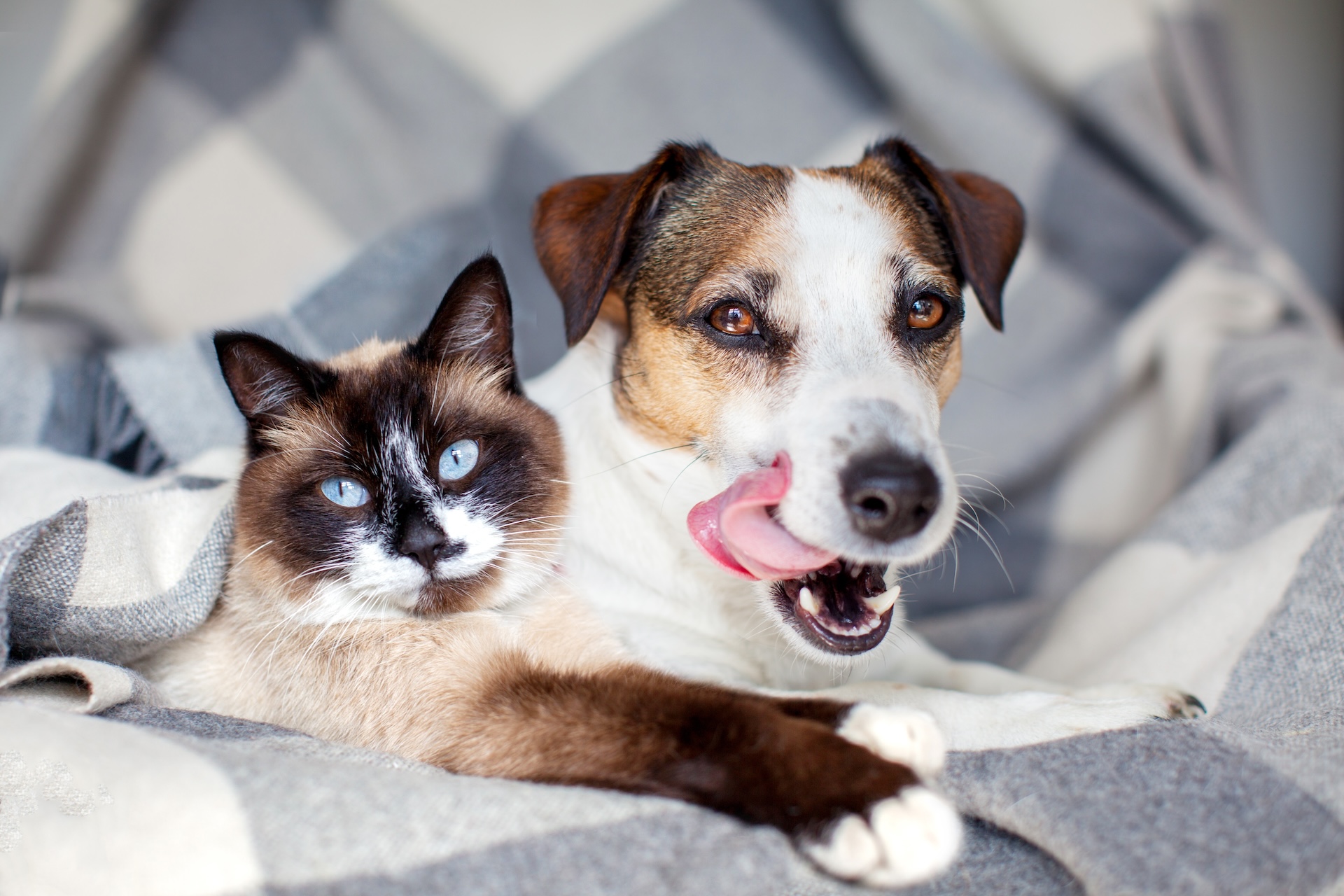You can feel confident turning to us if your pet needs medical assistance. Our knowledgeable staff and modernly equipped hospital can handle various medical conditions, including emergencies. Because we can perform many diagnostic procedures in-house, we can often give you immediate answers and start treating your pet sooner. In some cases, your pet may require hospitalization and further diagnostic tests. Please look at the more detailed descriptions of our medical services, or call us to discuss your pet’s needs.
Fast Answers, Timely Care
Internal Medicine

Ultrasound
Ultrasonography (also called ultrasound or sonography) is a noninvasive, pain-free procedure that uses sound waves to examine a pet’s internal organs and other structures inside the body. It can be used to evaluate the animal’s heart, kidneys, liver, gallbladder, and bladder; to detect fluid, cysts, tumors, or abscesses; and to confirm pregnancy or monitor an ongoing pregnancy.
We may use this imaging technique in conjunction with radiography (x-rays) and other diagnostic methods to ensure a proper diagnosis. Interpretation of ultrasound images requires great skill on the part of the clinician.
How Ultrasound Works
The ultrasonographer applies gel to the surface of the body and then methodically moves a transducer (a small handheld tool) across the skin to record images of the area of interest. The gel helps the transducer slide more easily and create a more accurate visual image.
The transducer emits ultrasonic sound waves, which are directed into the body toward the structures to be examined. The waves create echoes of varying degrees depending on the density of the tissue and amount of fluid present. Those waves create detailed images of the structures, which are shown on a monitor and recorded for evaluation.
Ultrasound does not involve radiation, has no known side effects, and doesn’t typically require pets to be sedated or anesthetized. The hair in the area to be examined usually needs to be shaved so the ultrasonographer can obtain the best result.
If you have any questions about our ultrasonography service or what to expect during your pet’s procedure, please don’t hesitate to ask.
Cardiology (Heart) – Echocardiogram
Although heart problems are found more often in older pets, these conditions can affect pets at any age. Heart disease is usually a life-threatening condition, but early diagnosis and appropriate therapy can extend your pet’s life. If caught soon enough, some forms of heart disease can be cured.
Heart disease can lead to congestive heart failure (CHF), which occurs when the heart can no longer pump blood effectively. If an animal is suffering from CHF, fluid usually accumulates in and around the lungs and sometimes in the abdomen. Congenital heart disease (animals born with a heart problem), valvular heart disease (abnormalities of the heart valves), arrhythmias (rhythm disturbances), and heartworm disease can all lead to CHF.
We can discover many heart problems during a physical exam. Additional tests, such as an electrocardiogram (ECG), radiographs (x-rays), and ultrasounds, are usually needed to accurately identify the cause of the heart disease or failure.

Call us if your pet starts breathing rapidly or coughing, loses his or her appetite, tires easily, seems weak, or has trouble exercising.
Radiology ( X-rays)
When we need to figure out what’s wrong with your pet, we routinely use digital X-rays, to help identify the cause of the problem, rule out possible problems, or provide a list of possible causes. We may also use x-rays during a wellness exam to diagnose potential problems before they become serious.
X-rays provide valuable information about a pet’s bones, gastrointestinal tract (stomach, intestines, colon), respiratory tract (lungs), heart, and genitourinary system (bladder, prostate). We use radiology alone or in conjunction with other diagnostic tools. Interpretation of radiographs requires great skill on the part of the veterinarian.

To avoid a blurry image, pets need to remain completely still while an x-ray is taken.
In some cases, we may need to sedate your pet or use short-acting general anesthesia. If you have any questions about our radiology service or what to expect during your pet’s procedure, please don’t hesitate to ask.

Endoscopy
This minimally invasive procedure allows a veterinarian to see inside a pet’s body and, when necessary, take biopsies (tissue samples) without having to perform surgery. Endoscopy is commonly used to examine the inside of the ears, nose, esophagus, colon, bladder, stomach, and other internal organs. Endoscopy can also be used to assist with minimally invasive surgeries and is particularly valuable in retrieving swallowed items.
To perform this procedure, the veterinarian inserts the endoscope (a long tube with a camera at one end) into the area to be examined. Incisions are sometimes required; however, the incisions used for endoscopic procedures are considerably smaller than those used in traditional surgery. This means a much less painful and quicker recovery for your pet.
Endoscopy does require that your pet be placed under anesthesia. As with all such procedures, we follow strict protocols and continually monitor your pet’s vital signs to help ensure his or her safety. Please see the descriptions under Anesthesia and Patient Monitoring for more information on what we do to keep your pet safe.
If you have any questions about our endoscopy service or what to expect during your pet’s procedure, please don’t hesitate to ask.


